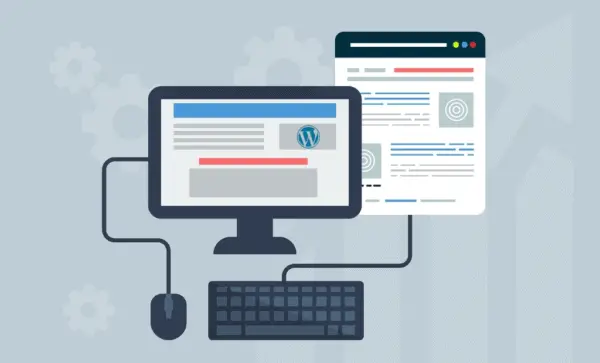The Long and Short of URLs [ARTICLE]
 There is so much we can share when surfing the Web, and the easiest way to do it is usually by passing along a web address or URL. Since many URLs get quite long, techies have created simple ways for noobies to easily convert long URLs into shorter ones using URL shorteners.
There is so much we can share when surfing the Web, and the easiest way to do it is usually by passing along a web address or URL. Since many URLs get quite long, techies have created simple ways for noobies to easily convert long URLs into shorter ones using URL shorteners.
How do URL Shorteners Work?
For a long time, the easiest way to share a URL was to copy it from your browser and paste it into an email, document or other communication. Below is a relatively long URL that takes you to a recent Noobie article.
https://noobie.com/2009/11/27/technology-makes-already-convenient-gift-cards-more-convenient/
However, plug that URL into a URL shortener and you’ll get something much simpler to paste into an e-mail, on your blog, as part of your Facebook status or on Twitter.
Clicking on either link will take you to the same Noobie article thanks to an automatic redirect by the URL shortening service (in this example it is bit.ly).
Why Create Short URLs?
Long URLs can cause problems, especially when you send them in emails. Line wrapping and other auto formatting applied by the recipients email client may render your link un-clickable. Even if it appears to work on your end, keep in mind that not all programs used for receiving, sending and viewing emails are created equal, so the recipient may not see links and other text exactly the way you sent them. Using shorter URLs may help solve the problem of workable links.
People also commonly share URLs through discussion forums, instant messenger, and social networking sites like Twitter and Facebook. Since these outlets sometimes limit the number of characters you can use, shortening a URL will give you more room to add your own comments.

How do URL Shorteners Work?
Creating a short URL does require a couple of extra steps, but many services offer shortcuts to make it as painless as possible. The easiest way to get your short URL is to copy the long URL, paste it into a field on the service’s site and then you’ll get a short URL to copy and paste wherever you want to use it.
If you are feeling adventurous, check out options for easily accessing URL shortening services by adding them to your browser’s toolbar or downloading a Firefox add-on.
Which URL Shortener Should You Use?
As shortened URLs gain popularity, more and more services are popping up. Each service offers its own distinct advantages and disadvantages, depending on what you need. Others have come and gone leaving countless broken, albeit short, links out there.
If you are a Twitter or Facebook user, look for a service that integrates well with those social networking tools. In fact, ow.ly lets you log in with your Twitter user account instead of asking you to create another user name and password.
Bit.ly and ow.ly are popular URL shorteners because they keep track of who clicks on your shortened links and provide you with reporting options. Shortened links you create with Bit.ly are saved in your account so you can reuse them as you wish.
Another benefit of some URL shorteners is the ability to create short links to documents, videos and pictures that you have stored on your computer. So, in addition to a short URL, you’re getting a simple file sharing service. URL shorteners accept limited file formats and sizes, so if you need a more powerful file sharing tool, try Box.net instead.
There are more services out there than one article can cover, but if you Google your options, beware of less well-known services that may not be around tomorrow. Without the service to back it up, your short link becomes an undecipherable group of characters.
What are the disadvantages of short URLs?
The risk of broken links is one disadvantage of shortened URLs. Another important caution: shortened URLs can be manipulated so that you think you are going one place when you really are being taken somewhere less desirable. Even if the short address hasn’t been manipulated, URL shorteners generate such a random group of characters that they don’t give you a clue as to your click-through destination.
As people run into these and other challenges solutions are popping up such as short URL previewers and filters. In short, these services are here to stay so more features and enhancements are sure to follow.








